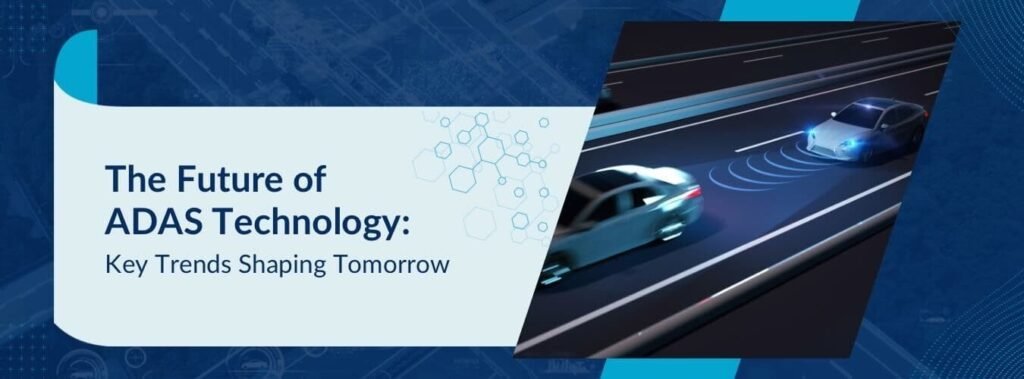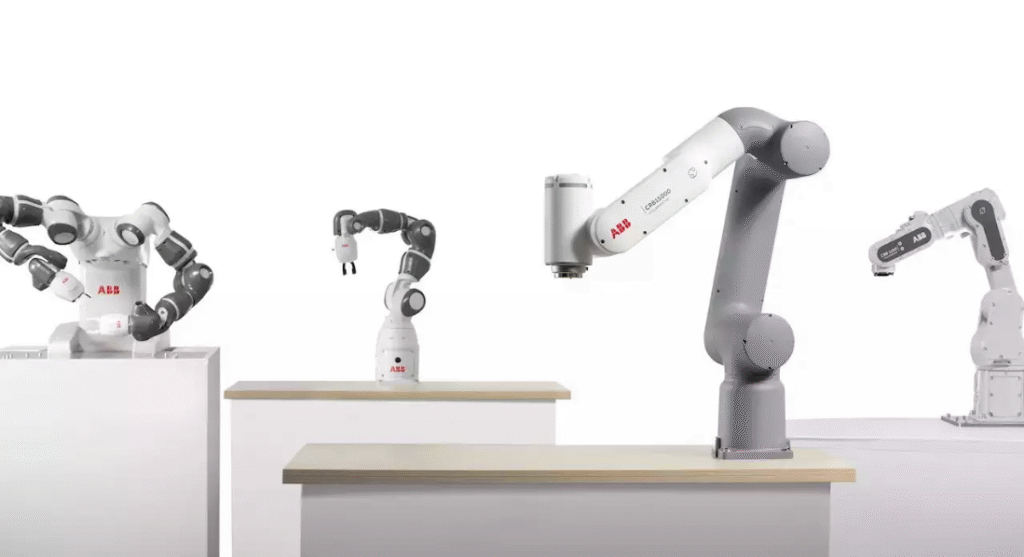The automotive industry is transforming the driving experience with Advanced Driver Assistance Systems (ADAS), a technology that enhances safety, intelligence, and efficiency. From adaptive cruise control to lane-keeping assistance, ADAS bridges the gap between traditional vehicles and fully autonomous systems, reducing human error and making roads safer. As the industry accelerates toward the future, ADAS continues to evolve, driving innovations that shape the mobility landscape of tomorrow. ADAS technology not only redefines smart mobility but also lays the foundation for connected, intuitive transportation ecosystems, reinforcing its pivotal role in the journey toward autonomous mobility.
How ADAS Enhances Driving Safety and Efficiency
ADAS technology is transforming the way people drive into safety, efficiency, and convenience. These systems are to minimize human errors, which cause most road accidents. Here’s how ADAS improves driving:
- Improved Road Safety: These include features like automatic emergency braking, which helps reduce collision risks, and lane departure warning.
- Driving Confidence: ADAS enables drivers to handle complex traffic scenarios with greater ease and therefore enhances driving confidence in general.
- Fuel Efficiency: Intelligently adaptive cruise control maximizes the speed and saves the fuel used during long travels.
The real-world applications of ADAS, like a car with ADAS that detects blind spots or pedestrians, highlight the potential to save lives and increase vehicle performance.
Key Technologies Driving ADAS Development
The future of ADAS is found in advanced technologies that can enable real-time decision-making and fluid interactions between vehicles, drivers, and their environments. These are the key innovations driving ADAS development. Here are the key innovations shaping ADAS development:
Embedded Vision Systems
High-resolution cameras and LiDAR systems have also contributed to the advanced technologies for object detection and navigation. Such systems enable the identification of obstacles, traffic signs, and road markings by the vehicle with high precision to ensure safe and efficient driving.
Sensor Fusion
Sensor fusion involves the merging of multiple data sources into an informative single output to facilitate an in-depth understanding of surroundings or other entities for making judgments or decisions regarding control parameters, with increased dependability on its correctness under diverse harsh weather conditions like intense rains and fog.
Connectivity
5G and IoT have brought about a paradigm shift in how ADAS systems communicate. V2X connectivity has transformed real-time communication of vehicles with infrastructure, pedestrians, and other vehicles for smooth traffic flow and increased safety.
Automotive Systems Infrastructure
For an efficient integration of features related to ADAS within contemporary vehicles, an efficient automobile infrastructure is needed. With scalable platforms and advanced ECUs, it will keep running and even provide future developments for these functions.
Human-Machine Interface (HMI) Design
User-friendly HMI designs are critical in the interface of drivers with ADAS features. It is intuitively displayed, voice-commanded, and haptic feedback while ensuring that the distraction-free interfaces provide a safer ride.
ADAS and Autonomous Vehicles: A Symbiotic Relationship
ADAS technology forms the core for autonomous vehicles and therefore can provide semi-autonomous features bridging the gap between present cars and fully self-driving cars. For instance:
- Semi-autonomous applications, such as Tesla’s Autopilot and GM’s Super Cruise, are excellent examples that utilize ADAS to implement highway driving assistance functionality.
- ADAS systems also contribute toward increasing the safety and reliability of autonomous vehicles through redundancy and fail-safe mechanisms.
The future of ADAS is intertwined with autonomous vehicles, making advancements in this field essential for achieving full autonomy.
Consumer Readiness for ADAS
While the benefits of ADAS are clear, its adoption faces challenges:
- Cost: High installation and maintenance costs of ADAS systems can deter consumers.
- Trust in Technology: Concerns about reliability and over-reliance on automation can slow acceptance.
- Awareness: Many consumers are unaware of the full capabilities and benefits of ADAS technology in cars.
These challenges are being addressed through cost reductions, awareness campaigns, and rigorous testing to build consumer trust in ADAS.
Emerging ADAS Trends to Watch
The ADAS landscape is evolving rapidly, driven by technological advancements and collaborative efforts. Key trends include:
Integration with Augmented Reality (AR)
AR technology, overlying navigation prompts hazard alerts as well as real-time traffic information on top of a windshield, enhances awareness among drivers, and further influences better decisions through this immersion.
Impact of 5G on ADAS Functions
The introduction of 5G networks is fast and will ensure the most reliable two-way communication between vehicles and infrastructure, allowing for the safe and smooth operation of essential ADAS features, like real-time traffic updates, emergency vehicle notifications, etc.
Collaborative Efforts in ADAS Development
Acceleration of ADAS innovation through partnerships between automotive, technology, and governmental players: They are focused on the development of standardized protocols, improving the data-sharing mechanism, and developing scalable solutions for deployment at scale.
How Novus Supports ADAS Technology Implementation
At Novus Hi-Tech, we stand committed to advancing the future of ADAS technology. From sensor calibration to infrastructure mapping, we ensure that ADAS systems get implemented seamlessly. We provide the most advanced solutions that enhance safety, efficiency, and user experience – paving the way for the future of ADAS.
Conclusion
ADAS technology is revolutionizing the automotive sector and making driving safer, more efficient, and safer. Sensor fusion, 5G connectivity, and AR integration are some of the innovation levers that are redefining the future of mobility in ADAS systems. Industry players are collaborating more, but the challenges are still a major concern for the future of ADAS technology in cars.
Looking forward, it is undeniable that ADAS plays a vital role in the achievement of autonomous driving and sustainable transportation. Acceptance of these advancements will redefine how we experience mobility, making roads safer and driving more intuitive.
FAQs
What is the future scope of ADAS technology?
Advancing and integrating new AI, AR, and connectivity, this ADAS technology will ensure a smooth journey towards self-driving cars.
How big is the ADAS market in 2030?
The global ADAS market is predicted to increase substantially due to the increase in demand for safety features and advances in self-driving technology.
What are the advancements in ADAS?
Key developments include advanced sensor fusion, 5G-enabled V2X communication, AR integration, and better HMI design.
What is the future impact of autonomous vehicles?
Autonomous vehicles will change transportation, as they will reduce accidents, alleviate traffic congestion, and provide sustainable mobility.























